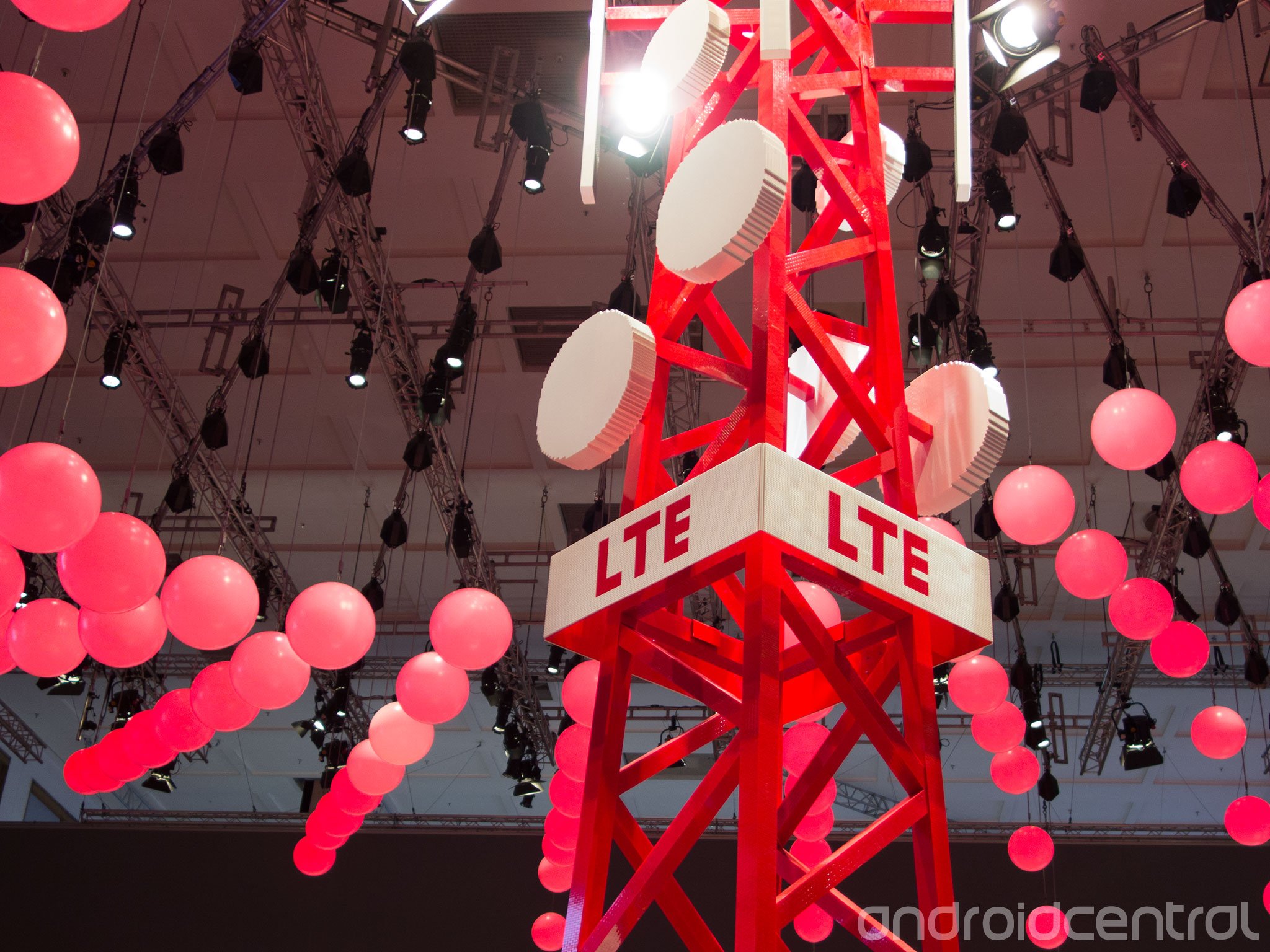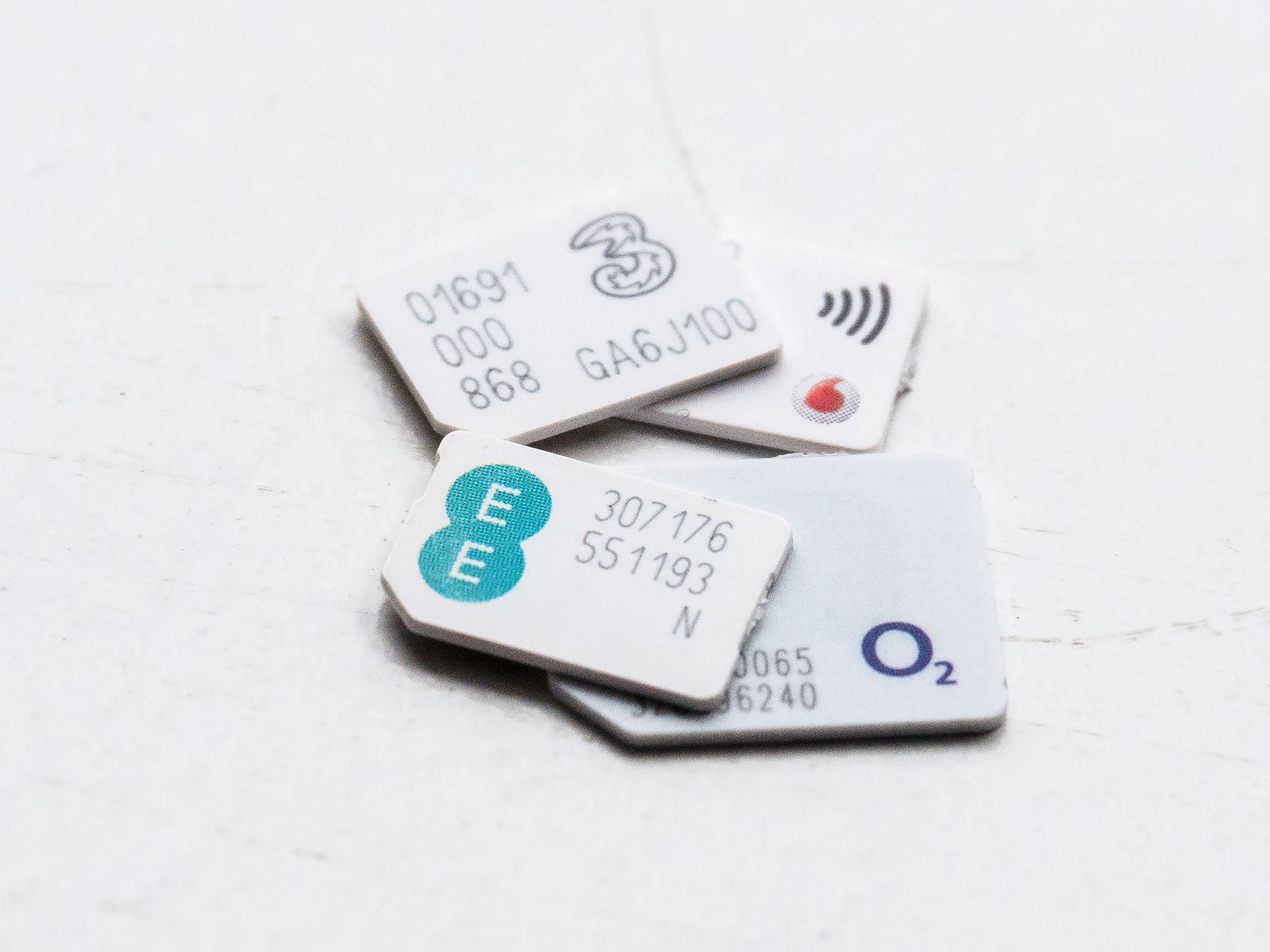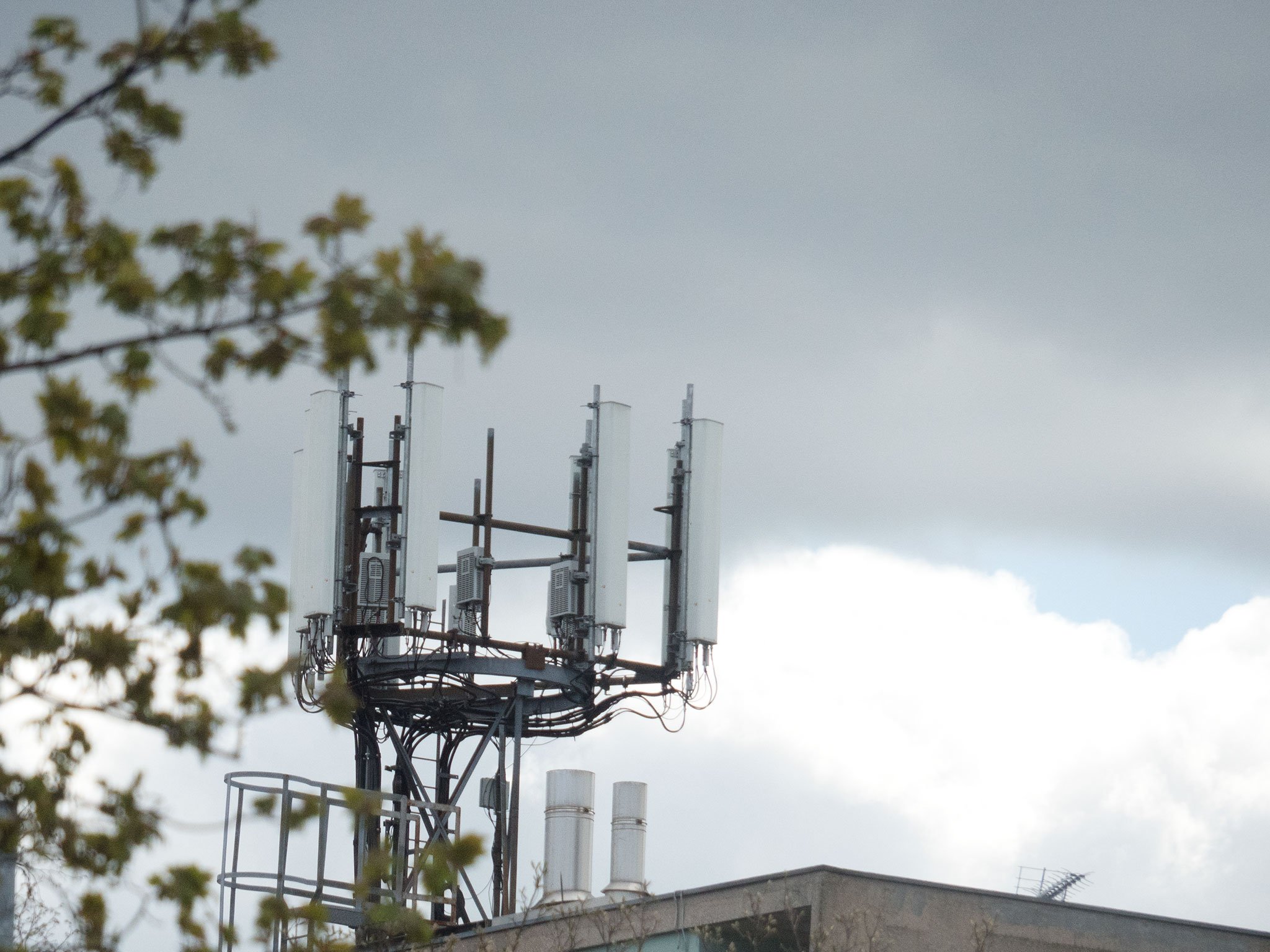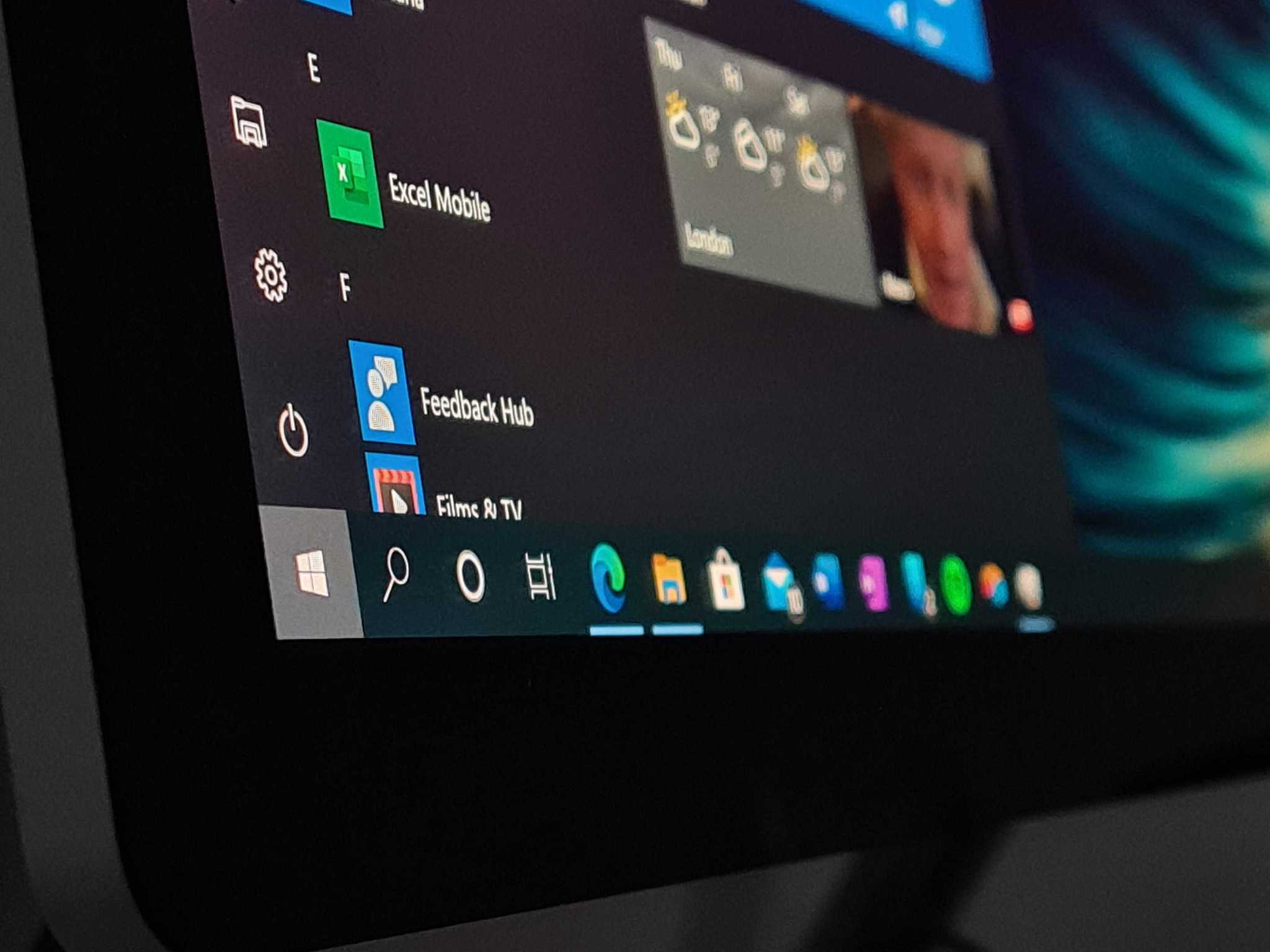Understanding 4G in the UK: Everything you need to know
Cutting through the technobabble.

Everyone knows 4G comes after 3G. It's faster, better, not to mention more expensive. But "4G" can refer to a bunch of different things, and the various UK operators use 4G in different ways to offer different features to customers.
It can all be a bit confusing, but we've brought together all the major details of how 4G works in the United Kingdom to help you understand how it all works — and how it affects you and your phone.
What is 4G?
4G is the latest standard for sending and receiving data on mobile networks, and has the benefit of being significantly faster than the 3G networks that came before it. In the UK, it's been available since EE launched the country's first 4G network in late 2012. All four major UK network operators now offer 4G coverage of some sort.
The definition of 4G varies depending on who you ask. Strictly speaking, 4G doesn't apply to any particular type of technology, but what a mobile data network is capable of doing. The ITU (International Telecommunications Union) has its own set of requirements for what makes a network "4G," including 100Mbps data speeds when mobile, and 1Gbps when stationary.
4G has a bunch of different meanings, but in the UK we use it to refer to fast LTE networks
But in most countries including the UK, the term "4G" refers to a standard called LTE (Long Term Evolution) that fulfills some, but not all of the ITU's requirements for a 4G network. So really, the decision to call something "4G" as opposed to 3.5G (or something else entirely), comes down to marketing. It's easier to appreciate 4G as being faster than 3G, even though, strictly speaking, no current LTE networks meet all the ITU's 4G requirements.
(In some other countries, the "4G" branding is applied to different technologies like HSPA+ — which in the UK is considered to be 3G — and Wimax, which was never rolled out here.)
Compared to 3G standards, LTE has greater capacity, transferring data more quickly over the airwaves. LTE also allows for lower latency — the amount of time it takes for one packet of data to reach its destination — and smoother handoffs between masts, so you're less likely to lose connectivity on the go.
All the latest news, reviews, and guides for Windows and Xbox diehards.
In real terms, this means it's much easier to stream music and video on 4G networks compared to 3G, with a faster, more reliable network ensuring smooth playback without buffering or stuttering. Files download faster, with fewer failures, and image-rich websites load much more quickly.
Frequencies and bands

Even when you're dealing exclusively with LTE, not all 4G networks are the same. The major UK carriers — EE, Vodafone, O2 and Three — operate on different radio frequencies ("bands"), and have different portions of spectrum available to them on each band.
The three main LTE bands in use in the UK right now are:
- Band 20 (800MHz)
- Band 3 (1800MHz)
- Band 7 (2600MHz)
Different frequency bands have their own advantages and disadvantages. Lower frequencies like 800MHz are capable of transmitting over a wider area and are affected less by thick walls and buildings. Higher frequencies like 2600MHz can transfer data more quickly, but over a shorter distance, and are more susceptible to interference.
Different frequencies have their own advantages and disadvantages.
As such, lower frequencies are often used in rural areas, where one mast can cover a wide area where people are more spread out. And higher frequencies are often used in big cities, where the demand for high-speed data is greater, and it's easier to have several smaller towers covering one area.
Here's how the main four UK network operators divide up in terms of LTE bands:
| Network | Bands |
|---|---|
| Three | Band 3 (1800MHz), Band 20 (800MHz) |
| EE | Band 3 (1800MHz), Band 7 (2600MHz) |
| O2 | Band 20 (800MHz)(Limited 1800MHz coverage reportedly in London) |
| Vodafone | Band 20 (800MHz), Band 7 (2600MHz) |
Not all 4G phones support all LTE bands, but most current 4G handsets sold in the UK support at least the main three — bands 3, 7 and 20. (The major exception is the four-year-old iPhone 5, which only works on Band 3.)
This means if you're bringing a phone from abroad into the UK and want 4G coverage, you'll need to make sure it supports whichever bands your chosen operator uses. If it supports some, but not all bands — for example, many North American Android phones support Band 3 but not Band 20 — you may only get partial 4G coverage.
Different flavors of 4G
There are a couple of things that can affect data speeds on 4G networks, besides the usual factors like the strength of your signal and how many other people are using the network.
The first is the amount of spectrum available to your operator. This varies for each company, with a bigger "slice" of spectrum allowing more data to be transferred at once.
| Network | Bands |
|---|---|
| Three | 5MHz of Band 20 (used for VoLTE)15MHz of Band 3 |
| EE | 20MHz of Band 320MHz of Band 7 |
| O2 | 10MHz of Band 20 |
| Vodafone | 10MHz of Band 2020MHz of Band 7 |
The second is the "category" of LTE being used, which determines the maximum possible throughput. At the time of writing, O2 and Three have launched LTE Cat. 3 (up to 100Mbps), while Vodafone and EE have launched Cat. 6 LTE (up to 300Mbps).
(To take advantage of higher Cat. 6 speeds, you'll need a phone that supports the standard.)
What about 'Double Speed' 4G?
"Double speed" 4G is EE's way of taking advantage of its lead in 4G spectrum. Because it has 20MHz available on Band 7 and Band 3, it offers customers two speed options: 2x10MHz for "normal speed" customers, and 2x20MHz for "double speed" customers.
From there, it's pretty simple — double-speed customers have twice as much spectrum available to them, and as such can enjoy data speeds twice as fast as normal.
It's worth remembering that "double speed" isn't a standard in itself, nor are there any special handset requirements needed to use it. It's just EE's way of describing how it's offering two different speed tiers to customers.
Understanding 4G+
Think of 4G+ as adding additional lanes of traffic to a road.
4G+ is the friendly marketing name used by most UK and European operators for what's technically termed LTE-Advanced. The big advantage here is that it allows operators with two (or more) slices of spectrum in different bands to combine them into one extra-large slice, known as carrier aggregation. It's like adding additional lanes of traffic to a road.
Right now only EE and Vodafone have launched 4G+ in the UK — EE on band 3 + band 7, Vodafone on band 7 + band 20.
Not all 4G phones support 4G+, and not all phones that do support 4G+ automatically support all combinations of bands. (EE has a list of compatible phones here That said, if you're buying a high-end phone in the UK and it does do 4G+, chances are it'll support 4G+ on both EE and Vodafone.
Voice over LTE (VoLTE)

VoLTE is what's next for good old-fashioned phone calls, with calls being made over the 4G network as opposed to the older 3G or GSM networks. This allows for clearer audio for calls with less interference, and in the long-term gives operators a way to free up extra spectrum for 4G, as fewer customers are using those airwaves for old-style voice calls.
All the major UK operators will eventually have VoLTE.
All the major UK networks have committed to launching VoLTE, though the marketing terms differ slightly between networks. (On Three it's "4G Super-Voice," on Vodafone it's "Voice over 4G," for example.)
Three is the first provider to have launched VoLTE, and EE is continuing its nationwide trial at the time of writing.
As with other types of LTE technology, just because a phone supports LTE doesn't necessarily mean it'll do voice over LTE. (And even then you won't necessarily get VoLTE everywhere you get a 4G signal.) While many newer, high-end handsets do support VoLTE, you may need to update your firmware before it'll work.
Does using 4G drain a phone's battery?
In the early days of 4G, there was often a sizeable battery hit involved with using high-speed LTE networks. More recently, with newer and more efficient radio hardware in phones — not to mention more widespread LTE coverage and stronger 4G signals — the difference is much less noticeable.
While you may notice a slight battery life gain by disabling 4G, generally it's advisable to keep it turned on, as it's supposed to be. The only exception is you're spending a lot of time an area with very weak, unusable 4G coverage — or you know for a fact your area doesn't have 4G, and won't be getting it anytime soon.
While sending and receiving data over the mobile network can contribute to battery drain, other factors like screen brightness, background app usage and the age of your phone can play a much larger role.

Alex is a Former Contributor for Windows Central.
